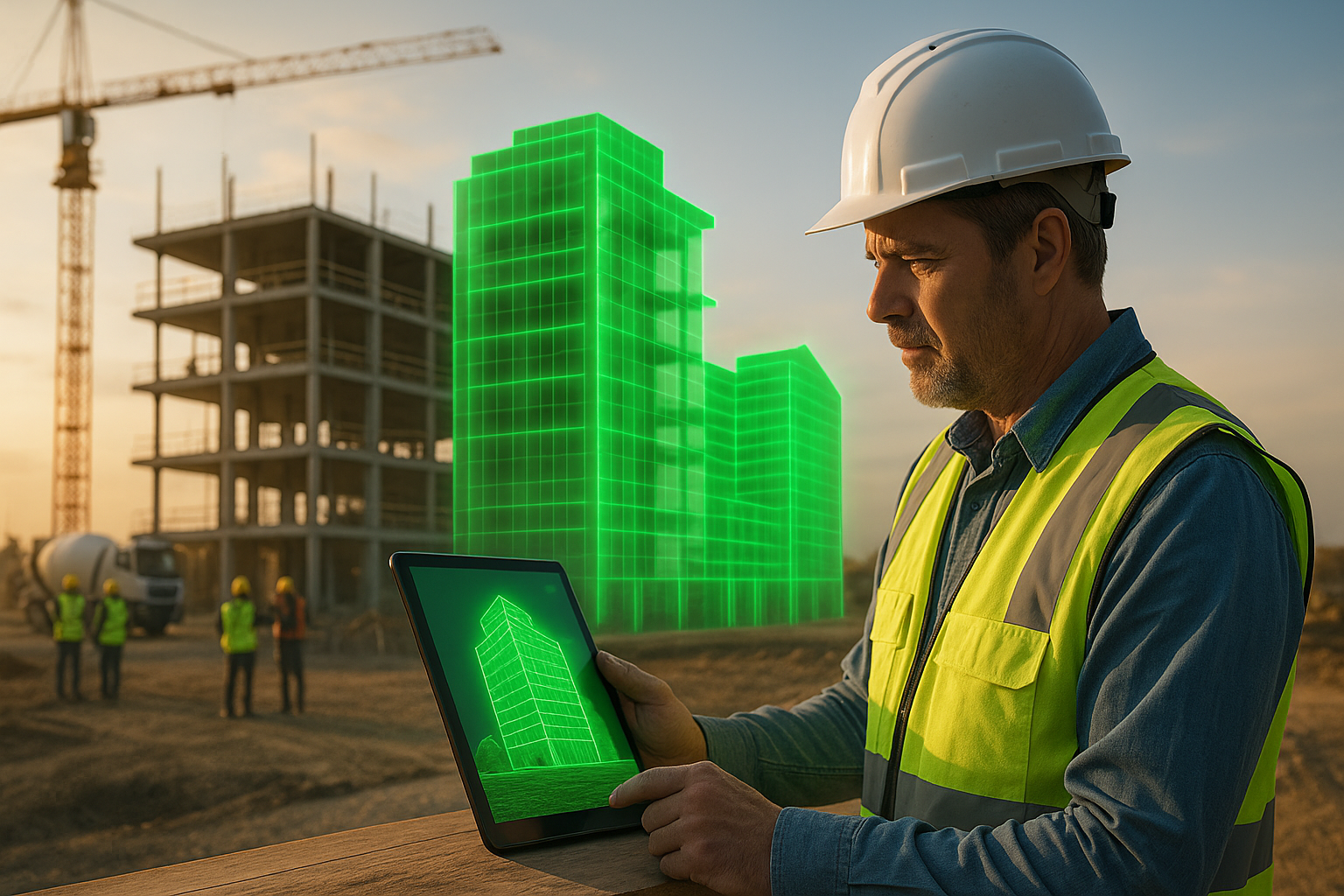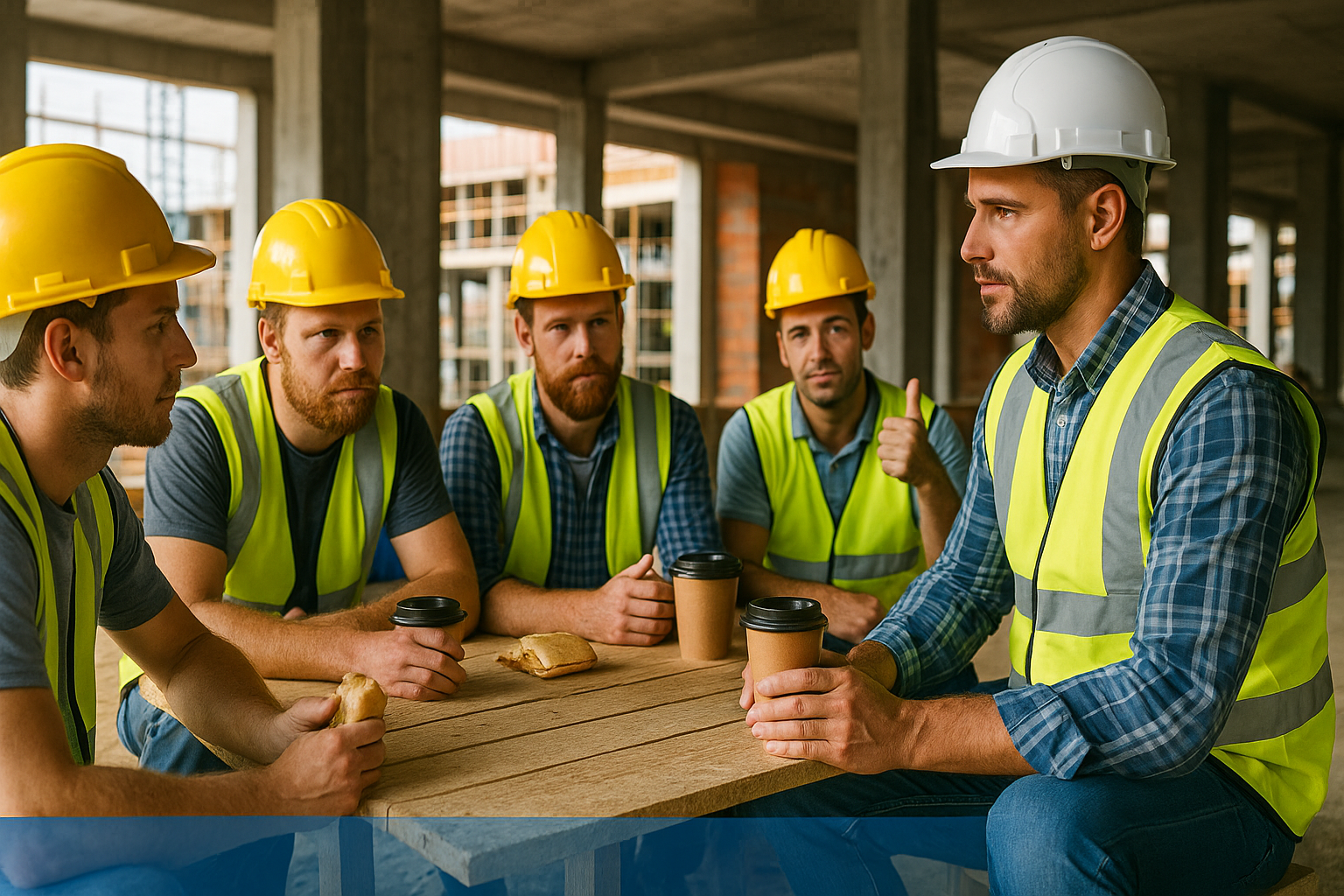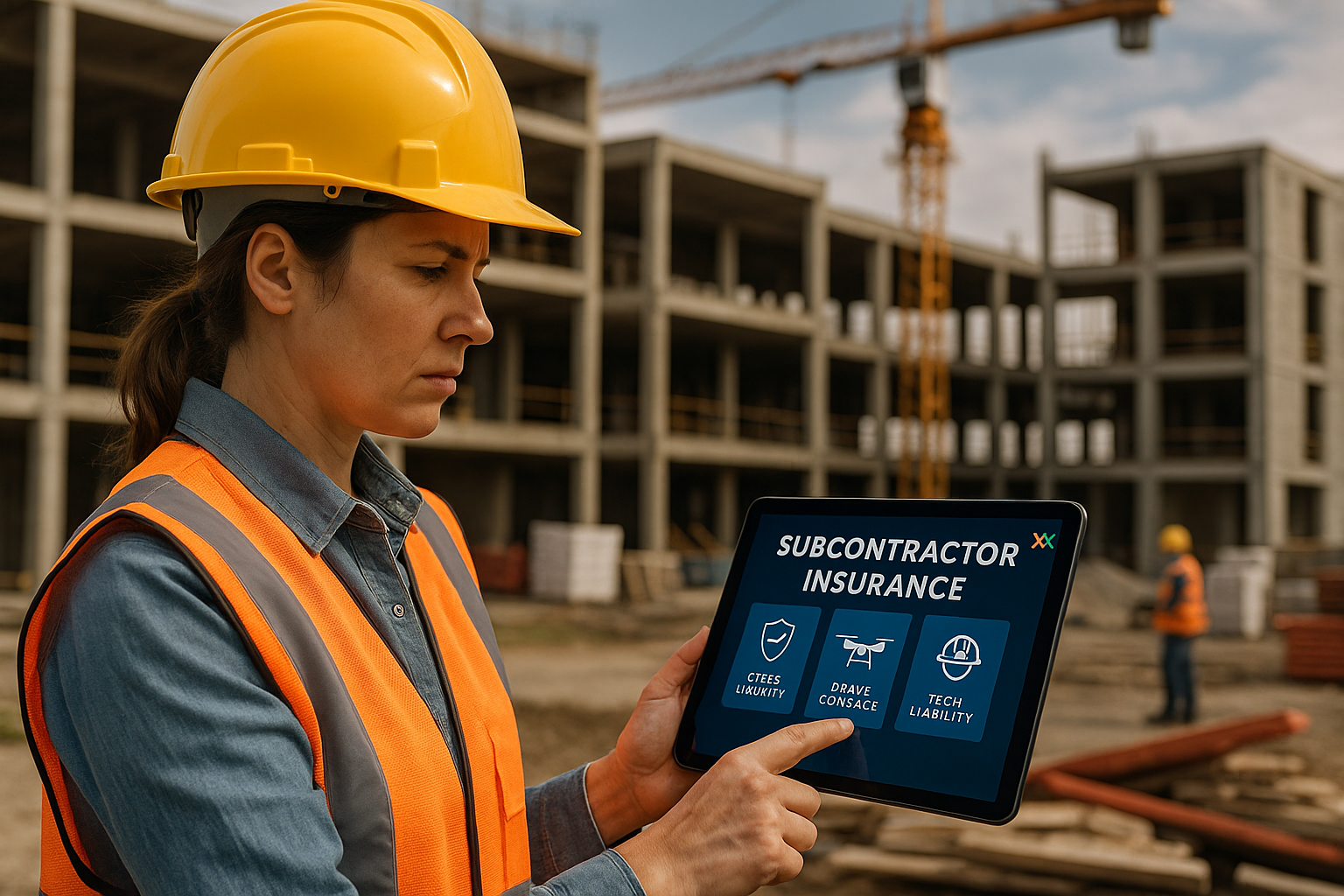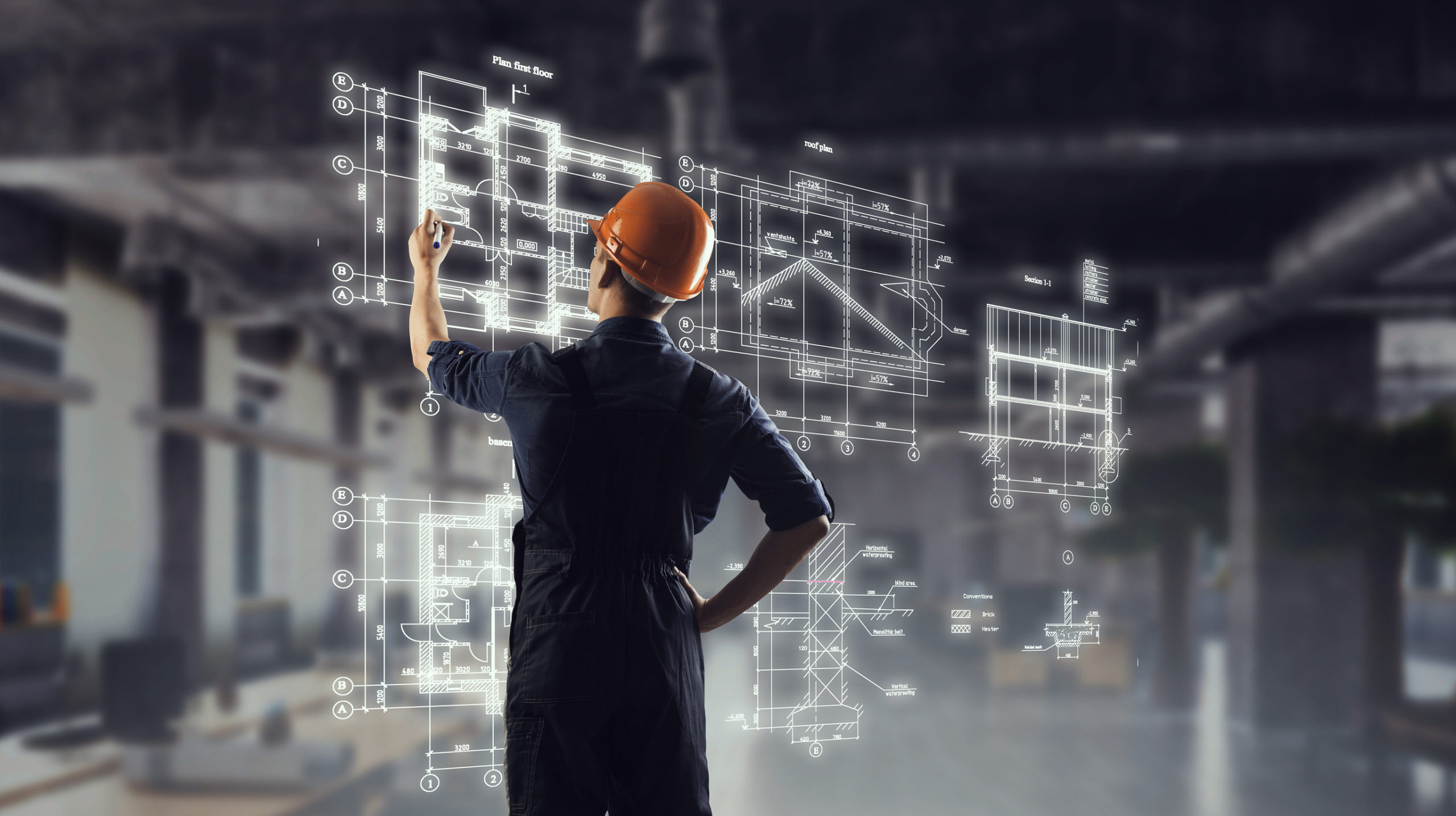Exoskeletons in the Construction Industry

Robotic exoskeletons were first invented in 1965 but did not make their way to the construction industry until 2015.
What are Exoskeletons?
Also known as Exosuits, they are a form of wearable technology equipped with motorized “muscles” that help with heavy lifting, weight distribution, posture correction, and other bodily functions to help reduce any strains or damages to the human body. The exoskeletons’ designs mimic the internal working of a human’s skeletal system.
There are essentially two types of exoskeletons, active and passive.
- Active exoskeletons require batteries and actuators and need to be recharged after a certain time of use.
- Passive exoskeletons are designed to enhance power and support without using batteries and actuators. They are more popular as they can be used and worn all day without the hassle of batteries running out and recharging them daily.
Exoskeletons are growing game-changers as they provide safety and support for construction workers while lifting heavy objects, squatting, holding heavy machinery for a prolonged time, and moving heavy objects. Routine activities such as lifting heavy objects or operating heavy machinery in any construction job can make workers prone to long-term injuries (such as musculoskeletal disorders) and decreased morale. These injuries can lead to a shortage of experienced resources within the industry.
There are multiple types of exoskeletons, each serving a different purpose:
Mounted Arm Exoskeletons
This type of exoskeleton consists of a spring arm which is connected to a lower body Exosuit, and a counterweight. The spring arm can hold a heavy tool, and the weight of the tool transfers to the ground allowing construction workers to complete their tasks much quicker without their bodies having to bear the weight of the tool. The mounted arm exoskeleton is a stand-alone tool and is not required to be worn on the body. Construction workers can control the arm by placing their hand at its end.
Power Gloves
Power gloves serve a similar purpose as a mounted arm exoskeleton. These gloves are fitted around the hand and can support the user’s hand/arm while holding heavy machinery or tools. Power gloves improve one’s capability to work faster with their arm. One of the power gloves available on the market is the Bioservo Ironhand. This glove can detect the user’s natural movement and boost power proportionately to the object’s weight.
Arm Support Limb
This exoskeleton is most convenient for masons as it allows for lifting and placing mason blocks and tools without straining the body. Even though it is an arm support limb, it does support most of the upper body. One of the tools currently available is a hybrid tool, meaning it is both an active and passive exoskeleton and requires little power to function. This tool provides ergonomic arm support and can make a weighted object feel much lighter than it is.
Chairless Chair
A Chairless Chair is a lower body exoskeleton that made its way to the exoskeleton market in 2014. It was essentially manufactured to support those who perform heavy physical labour each day and may want to sit down occasionally during their shift but do not want to carry a stool/chair to work. The Chairless Chair is worn on the lower body and does not hinder walking/movement. The wearer can bend down in a sitting position at any level, and the exoskeleton bends in a chair position while supporting the user’s body weight. A Chairless Chair is also helpful in providing knee and back support for tasks that require crouching and standing, such as installing drywall or drilling.
Overhead Exoskeletons
Overhead exoskeletons offer extra support for the arm, neck, and shoulders while workers perform overhead work such as installing sprinklers, overhead piping, fastening overhead cables or conduits, etc. These exoskeletons are usually passive and do not require batteries to operate. One of the overhead exoskeletons available in the market is the EXO-O1 Overhead Exoskeleton. It weighs just under 4.4 pounds and thus can be worn all day, providing support without hindering any movement. It has proven helpful in delaying arm/shoulder fatigue among construction workers.
Whole Body Exoskeletons
Some exoskeletons are designed to be worn on the entire body. They support the wearer by reducing strain and improving strength which increases productivity. Whole body Exosuits are usually active Exosuits that run on batteries. Some whole body Exosuits can enable the wearer to lift about 200 pounds without straining.
The introduction of exoskeletons in the construction industry over the last decade has proven extremely useful and is now gaining rapid popularity as they open doors to greater productivity and safety. Watch this space for updates on how exoskeletons continue to change the construction industry!
*Brought to you by Plexxis Software: Offering software solutions for the construction industry that integrates cloud, mobile and on-premise software to improve and enhance team performance.
Share:
New From Plexxis

Green Bids: Winning More Work Through Sustainability Metrics

Beyond the Hard Hat: The Reality of Psychological Safety on the Job

Subcontractor Insurance: Are You Covered for Today’s Digital Risks?

